Sarah Roberts is a freelance photographer living in Glasgow, working mainly with people as her subject matter. She tells us more about her work process:
I have just completed my 3rd year of a BA (Hons) in Photography at City of Glasgow College/UWS. Having completed the HND a few years ago, I decided to go back and try the degree course, mainly to aid in my development as a photographer, both in terms of technical skills in certain areas where I felt I hadn’t had much experience, and to discover concepts and ideas that would maybe spark my interest and give my work more meaning and substance. It’s certainly fulfilled both of these aspirations so far, and I’ve really enjoyed having something to get my teeth into. As anyone who works in any artistic arena knows, inspiration can sometimes be lacking, and having the discipline and support of a learning environment has helped me take my work to the next level. This project has really been my first foray into using photography as an artistic medium to express my thoughts and ideas on the world around me, rather than having a commercial aim, and I’ve really enjoyed it.
My initial interest in this area was sparked a couple of years ago by a youtube video featuring a project by Spanish artist Yolanda Dominguez, created in 2011 and entitled ‘Poses’, where she placed a variety of women in everyday situations in public spaces, holding bizarre, contorted fashion poses and filmed it while members of the public looked on in bewilderment. I, like many others, was instantly struck by the absurdity of the poses that female models are routinely expected to contort themselves into in the name of fashion. I found it entertaining, yet the humour contained in the work didn’t detract from the important message that the artist was trying to get across.
More recently, through research for my degree course, I came across the 1972 BBC television series ‘Ways of Seeing’ by John Berger. I found it really interesting, and was amazed at the similarities between the posing and facial expressions of female nudes in oil paintings, and in advertising images not only up until the 1970’s when the programme was made, but still prevalent in the present day. Further research led me to Laura Mulvey’s seminal essay of 1975, ‘Visual Pleasure and Narrative Cinema’, where she discusses her concept of the ‘male gaze’. In her case she was applying the concept to the depiction of women in mainstream Hollywood cinema, but the same principle is equally applicable to the world of advertising, and marries up with the observations made by Berger. Thinking about the concept of the male gaze also brought me back to Yolanda Dominguez’s work, and led me to consider the different ways in which men and women are depicted in the media, in particular in the worlds of fashion and advertising.
I began to think about the ways in which I could make some comment on this subject through photography, and decided that an interesting way to do so would be to photograph men in a range of typical female fashion poses. My aim was to raise questions and challenge what we as the public are taught to perceive as masculine and feminine through the mainstream media. I came across some typical aspects noticeable in images featuring female models: submissive body language such as holding onto their own body protectively or touching the face, while maintaining eye contact with the camera; being posed in physically challenging and awkward positions, often on the floor or in a lower position than any males in the image; and sexually provocative body language and facial expressions. These are all elements that are found much more commonly in images of female models than their male counterparts, reinforcing negative stereotypes about women and their place in society. At the same time, equally unhelpful macho stereotypes of men are reinforced by the way they are normally depicted.
I decided to photograph the project in the studio, partly to improve my own skills in working in this environment as I normally work on location, but also to keep some consistency with the style of the images so that they would work as a series. Once I had my concept, I had to find some men willing to participate! I was delighted at the response I received from male friends to an open post on Facebook, and then I pursued a few more who I knew would be great.
Due to limited time (this was a project undertaken for my degree), I went for 6 models, photographing each of them in a variety of poses under 2 or 3 different lighting setups, over 2 sessions, with some practice shoots in the weeks leading up to it. In order to maintain an element of style to my images in keeping with fashion photography, I kept the clothing consistent, asking each man to bring a suit or something relatively dressy, as well as something simple and casual such as jeans and a t shirt, encouraging them to follow their own individual style. In order to keep everything clean, simple and to get the message across as succinctly as possible, I only used props that were essential to the pose – bag, shoes etc. I also made sure to use men’s accessories, as using female equivalents would have detracted from my message.
The poses I selected for this project, taken directly from fashion editorials and advertisements found in magazines and online, can all be said to represent objectification in various forms. Some are obviously sexualised, whether that is an innocent, virginal look; the wide placement of limbs to have as much of the body on display as possible; or the depiction of sexual arousal brought on by a commodity. Other poses are just plain odd, involving contortion of the body into bizarre shapes. Often this type of pose is combined with a vacant facial expression, reminiscent of a puppet or a doll. They are also often very hard to get into, and quite painful, as I discovered when coaching my models! They all did fantastically well holding them for long periods of time, and they really put the effort in to get them right.
Nobody expects advertising images, in particular fashion images, to represent real life. Models have to represent something almost otherworldly, a higher echelon of unachievable beauty, so that we are convinced to purchase more products in our constant strive for perfection, whatever that is deemed to be in each culture. A possible reason for models being asked to contort their bodies into strange positions could be to create further separation from real life, and as the majority of fashion advertising is aimed at women, it makes sense that the subject is normally female. What it doesn’t explain however, is why advertising images aimed at men don’t feature men in these positions. It seems to be reserved only for women. The depiction of masculinity in advertising images should also be noted however, and the negative effect that it may have on men who do not feel they match up to the stereotype of the alpha male.
I’ve enjoyed reading the feedback I’ve received so far, and I’m pleased that people seem to get what I was trying to do. Feedback from men in particular has been interesting, with one comment mentioning that it is very close to the truth of how men really are, without an agenda. That is something that I wanted to get across: that we are all just people, male and female, we like to have a laugh, we love each other, we’re actually very similar, and the stereotypes we so routinely have forced upon us are manufactured and not reality. I’d like to continue on from this project and develop it further, but I’m not sure yet what form that will take.
More: Website | Blog | Facebook | Twitter
//////
Want to read more blogs by artists? Look here.


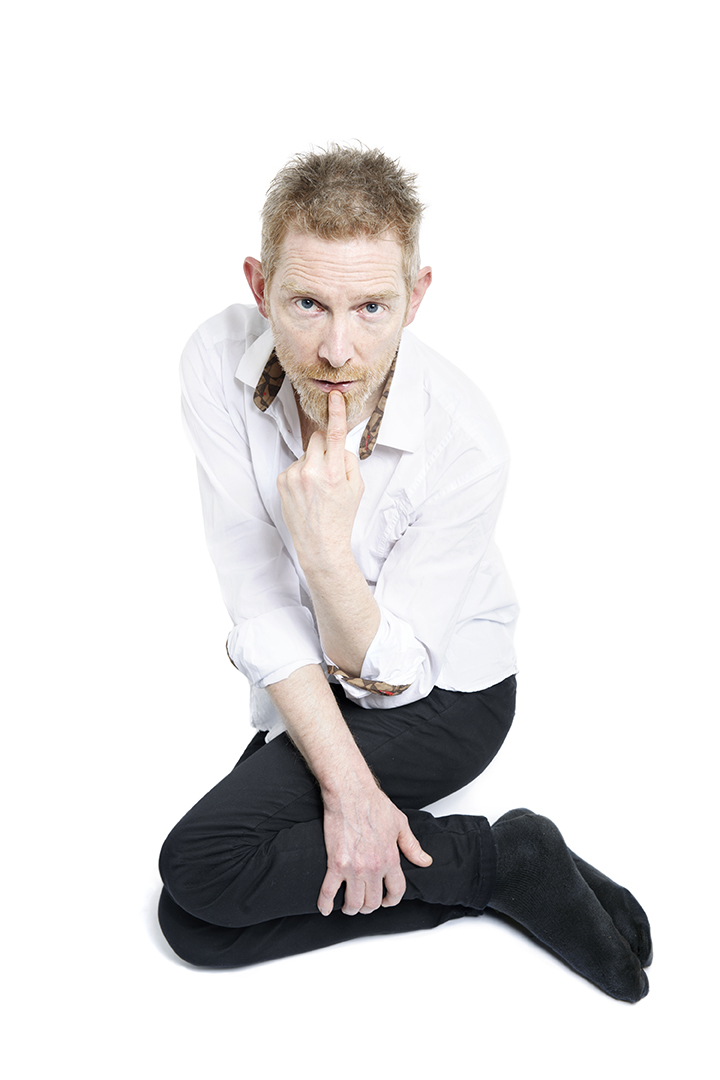
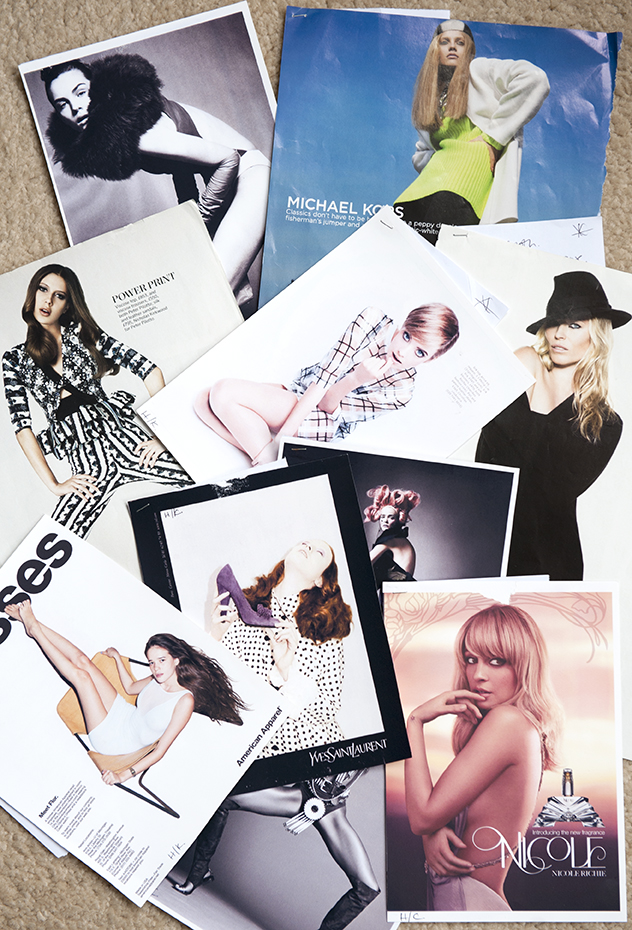
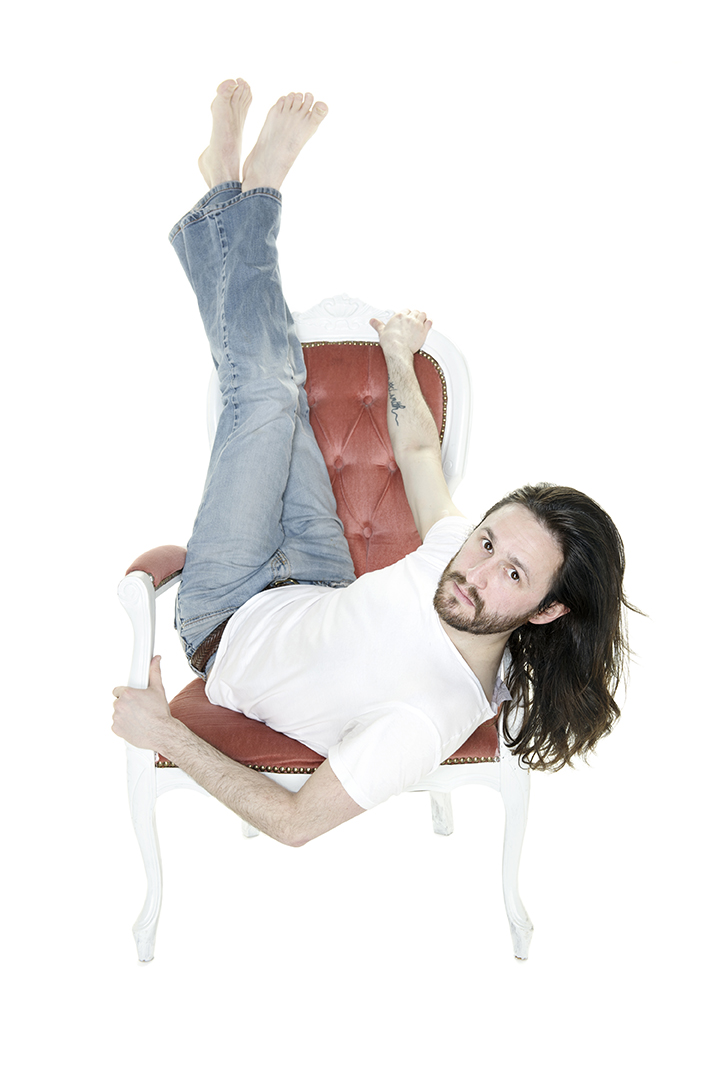
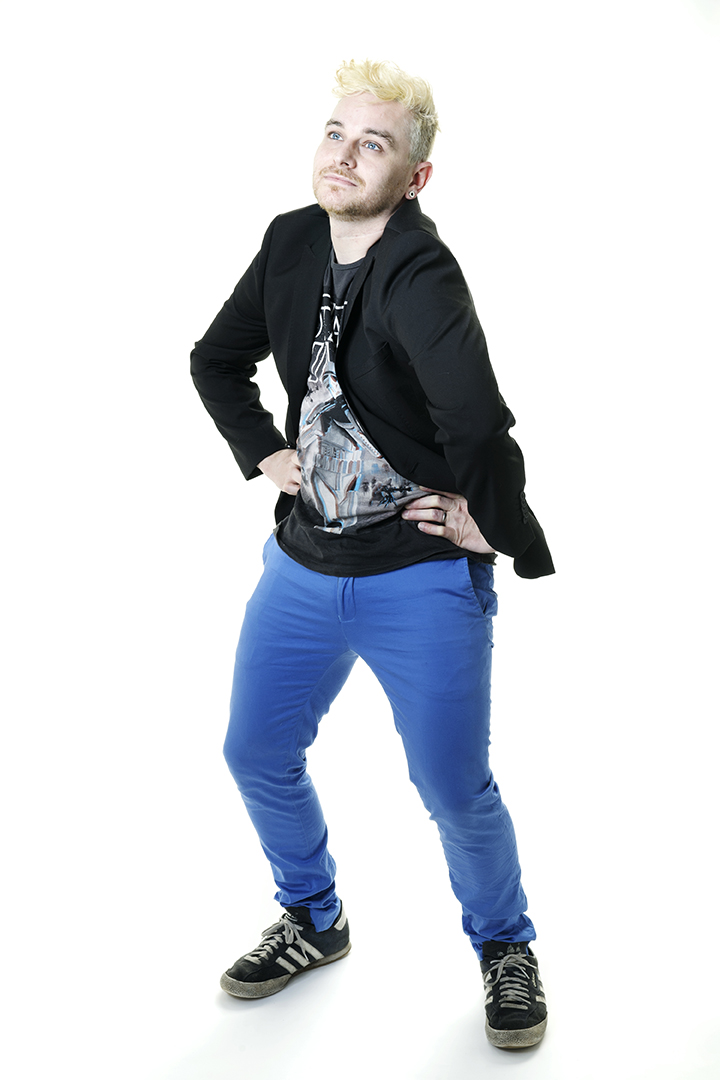
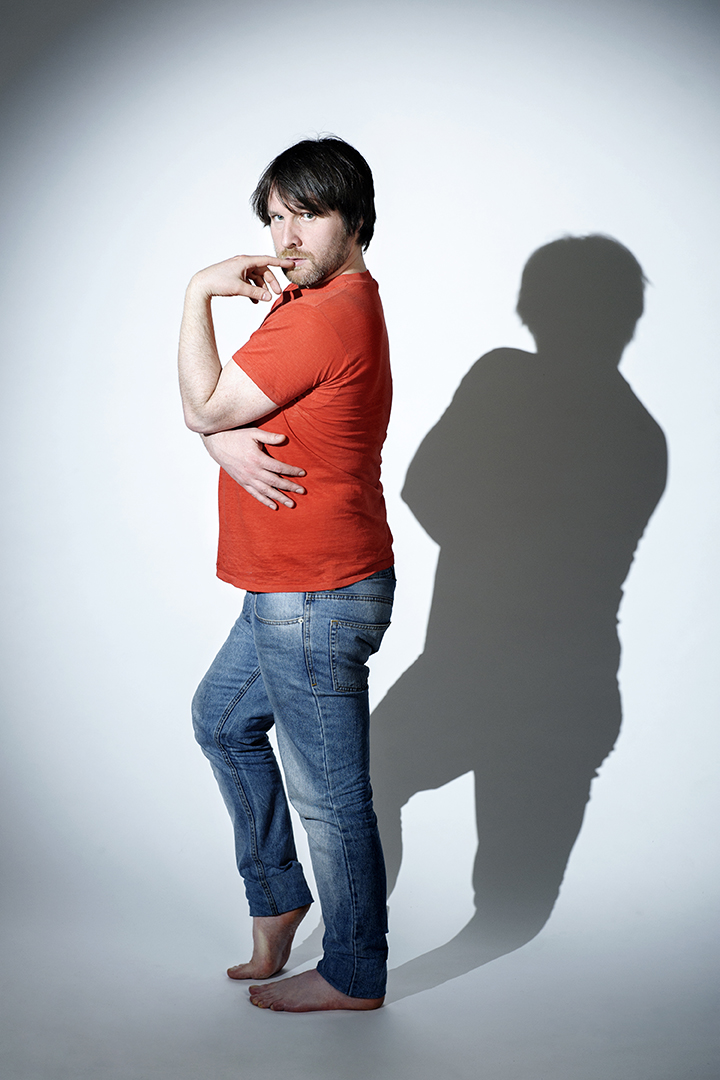
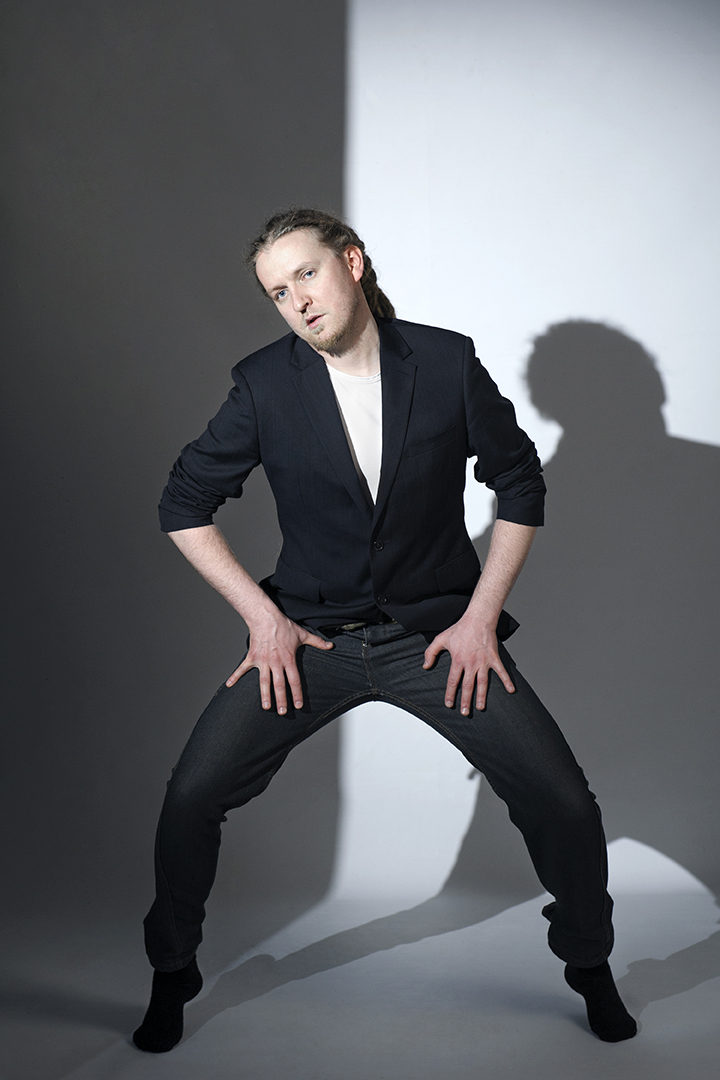
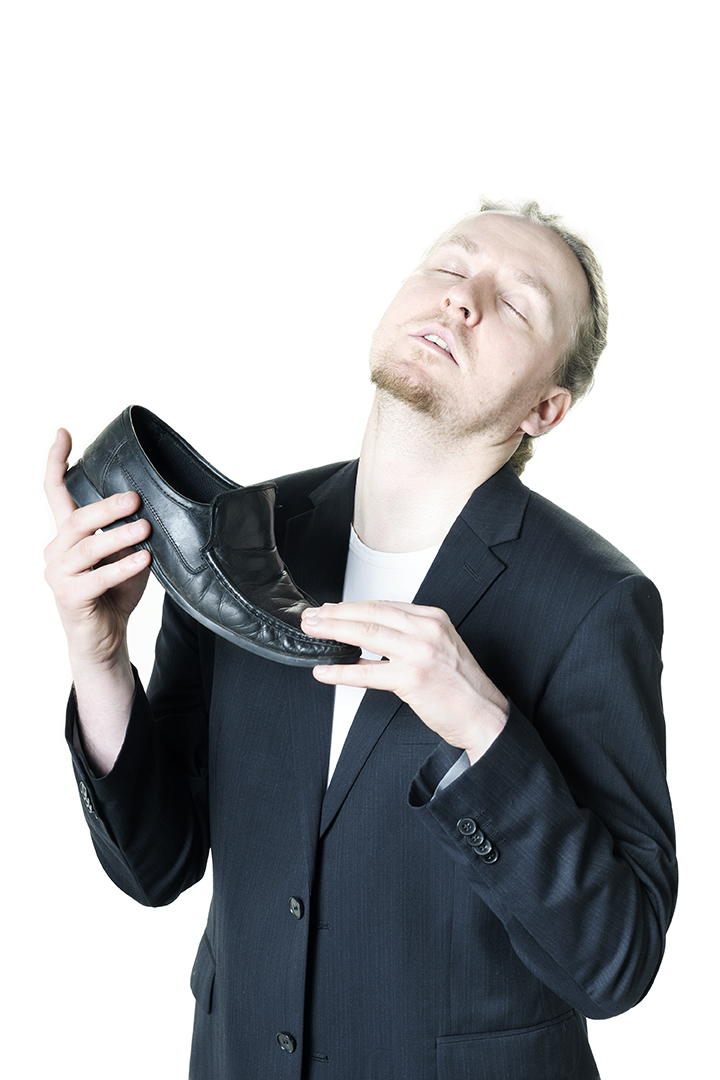
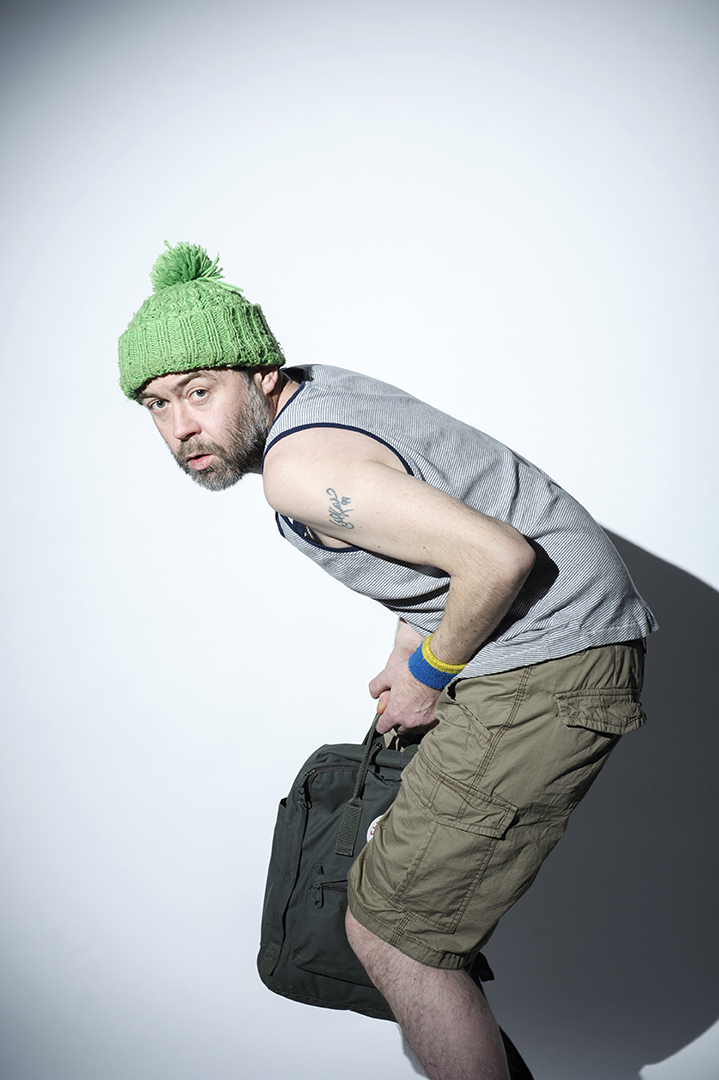
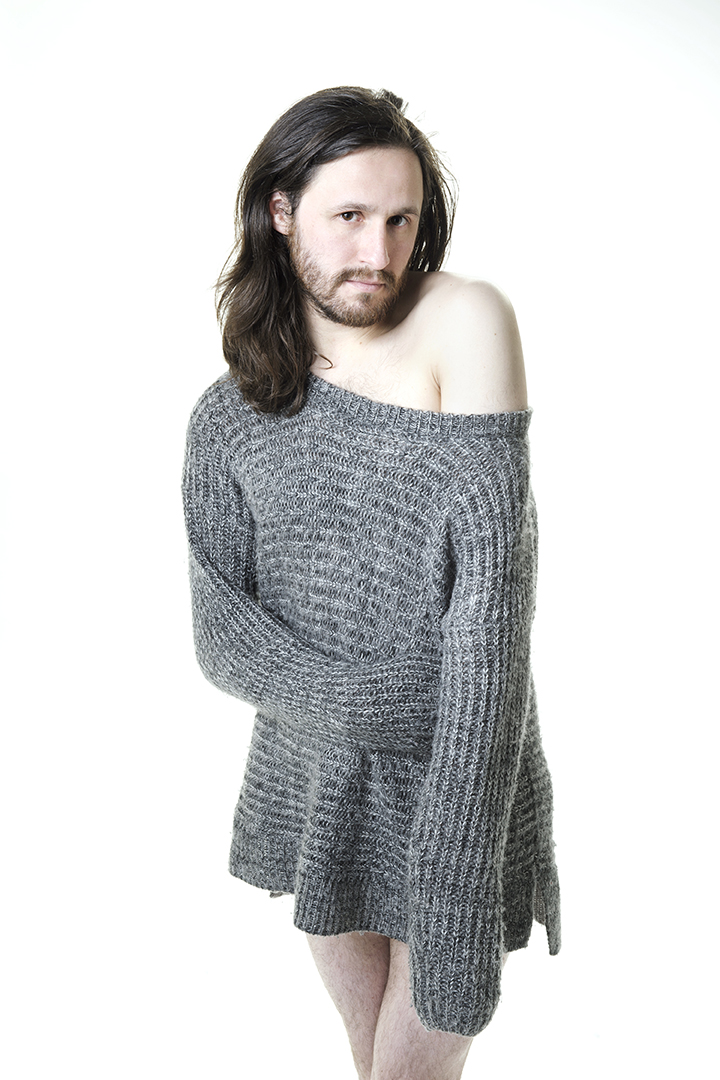
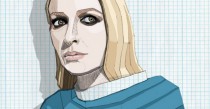
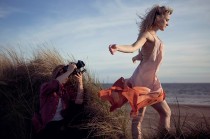
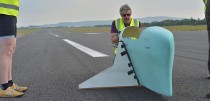









Comments